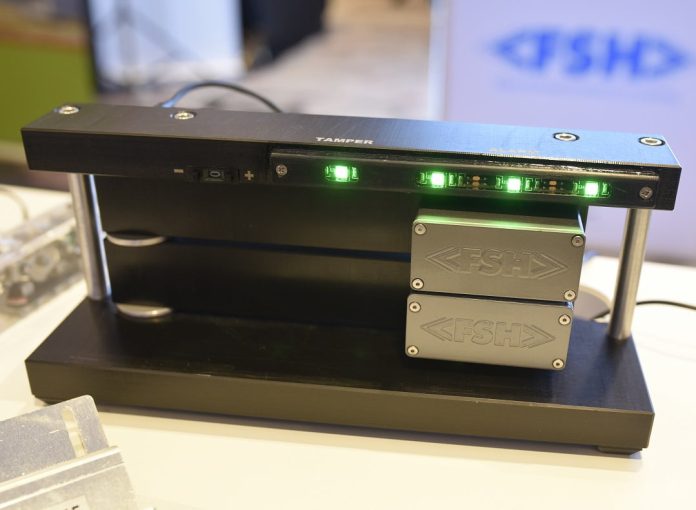Installing Reed Switches
♦ Installing reed switches can be simple or difficult, depending on the door surrounds, security posture of the site, and your switch choice.
Installing reed switches has been made simpler by the evolution of wireless and battery technology, to the point we’d say wireless reed switches are probably our favourite security device in alarm installations, thanks to their ability to notify of activity on site even when a system is disarmed.
However, there are many wired reed switch installations still undertaken in SME and larger applications which must be hard wired for reach through complex environments and for reliability of power supply. Almost every alarm system relies on volumetric detection to cover internal spaces but almost all will have at least 2 reed switches covering front and rear doors – in some cases there will be many more.
In order to ensure reed switches can’t be fooled by intruders with magnets, flush mounting is the preferred installation technique in serious applications. That means more work but an inherently higher level of security. Central to any flush mount installation is drilling and chiselling the doorframe to accommodate the reed switch and a cable that may be up to 10cm in length, allowing the switch to be extracted for replacement or servicing in the future.
Most reed switches have a flange top and bottom for surface mounting, so your cutout should allow the entire switch, including flanges, to be flush mounted in the frame. A big part of reed installation is drilling cable from the outside of the architrave through the frame to the back of the switch. The age of the building is going to be a telling factor here. A hefty hardwood doorframe is going to present a challenge to the installer. Steel frames will be tougher still and may require different choices of device.
If you are installing the reed inside the frame, a standard drill bit may not be long enough to get all the way through, and you may need to drill 2 holes, one from above and one from the bottom. This options depends on access and is no easy task if undertaken carelessly. Despite the apparent difficulty of getting 2 drill holes to meet in the middle, this is a skill well worth developing. The idea is that both holes are drilled at a shallow downward angle meaning that if the second hole is drilled at a different angle to the first, it will still intersect the first hole along its length.
You can make the first hole (drilled from the back of the sensor cavity) of quite large diameter in order to improve your chances of intersecting it, while the second hole should only be large enough to carry the necessary cable. Having installed the switch and cable you need to tuck the magnet into the body of the door opposite the outer edge of the reed switch.
Carefully drill and shape this magnet cavity till it’s deep enough and large enough to hold the magnet case without making the hole so big the magnet will move over time due to vibrations caused by the door closing. It’s better to have a hole that’s slightly smaller than the magnet case allowing you to wedge the magnet in the hole. You can apply some force here because the magnet contains no electrical components and won’t be harmed by mild firmness.
If the hole is too big, use some wood or metal shavings to reduce its diameter – don’t just gum up the hole with Selley’s. At some unpredictable point in the decades-long life of the door, a poly product is likely to degrade, especially if used on an external door, and will turn to powder or break apart. When it does, the false alarm will cost your client a patrol response fee.
In high security applications it’s worth considering high security surface mount solutions like the FSH FSS1 Hall Effect sensor with a hardened metal body and integrated tamper protection meeting SCEC standards. These are not an inexpensive item, but in some applications the investment will be well worth it.
Surface mounting reduces the complexity of installation, security profile being equal. We think the FSS1 is worth careful consideration when you’re faced with the hardened door surrounds of fire access, or when you’re working in an old building with a very robust or heritage-listed construction.
#sen.news #SEN #SENnews #security #electronics











